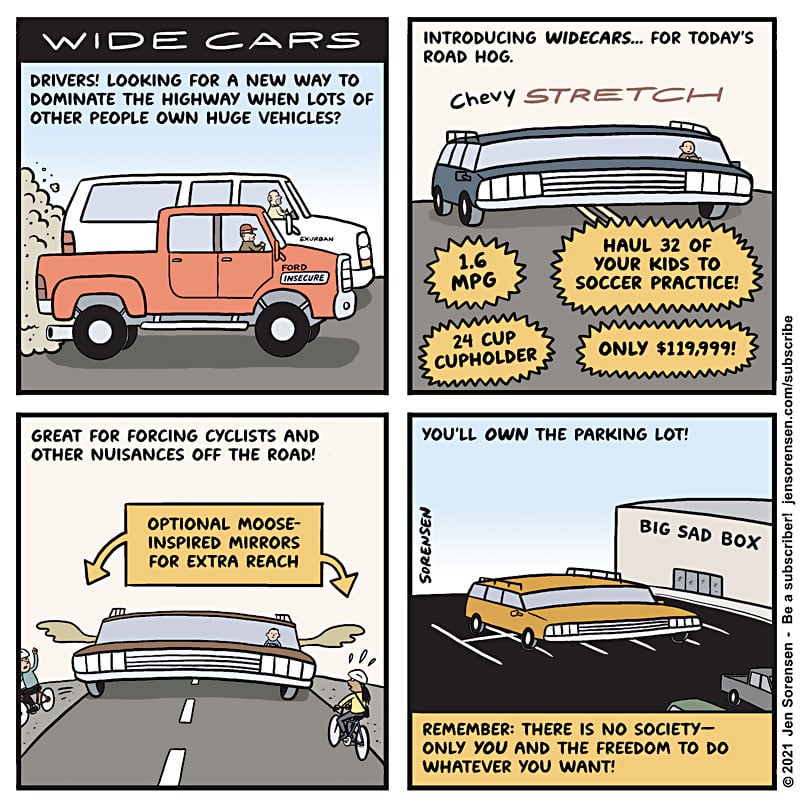this post was submitted on 12 Dec 2024
904 points (97.6% liked)
Comic Strips
13044 readers
2922 users here now
Comic Strips is a community for those who love comic stories.
The rules are simple:
- The post can be a single image, an image gallery, or a link to a specific comic hosted on another site (the author's website, for instance).
- The comic must be a complete story.
- If it is an external link, it must be to a specific story, not to the root of the site.
- You may post comics from others or your own.
- If you are posting a comic of your own, a maximum of one per week is allowed (I know, your comics are great, but this rule helps avoid spam).
- The comic can be in any language, but if it's not in English, OP must include an English translation in the post's 'body' field (note: you don't need to select a specific language when posting a comic).
- Politeness.
- Adult content is not allowed. This community aims to be fun for people of all ages.
Web of links
- !linuxmemes@lemmy.world: "I use Arch btw"
- !memes@lemmy.world: memes (you don't say!)
founded 2 years ago
MODERATORS
you are viewing a single comment's thread
view the rest of the comments
view the rest of the comments

It is "necessary" for them to be that wide.
CAFE standards are based on "footprint" which is basically the rectangle of the tire contact patches. If you're a car manufacturer who can't meet the NHTSA's MPG requirements for the size of car you produce, you can increase the size of your cars, so they fit in a larger class that requires less of an MPG improvement.
The most effective way to increase the footprint is to widen a narrow car, increasing its footprint toward square.
Am I understanding you correctly? There is a standard somewhere that says you can't have tires of a certain width on a car unless the car is also broad?
Why is that even a requirement? I thought broad tires were safer, why would the width of the car have anything to do with it?
No, you're not understanding me correctly. Mostly because I misspoke, so that's on me, not you.
The contact patches I was talking about are the corners of the rectangle. Everything between the wheels is the footprint.
The area of the footprint basically determines the minimum MPG you can have. (The more complicated point is that it is related to all the vehicles you produce rather than a specific minimum, but that overcomplicates the issue. The point is that CAFE standards provide strong incentives for manufacturers to increase the "footprints" of their vehicles. The larger the footprint they can claim, the less MPG improvement they need to make. So, longer and wider wheelbases.
Thanks for the explanation. It's just infuriating
And this is exactly why we don’t see small trucks like Rangers or Dakotas anymore. I don’t know if it’s because it’s impossible to make an engine that efficient or if manufacturers are just lazy, but the consequence is that they can avoid stricter efficiency requirements by simply making bigger (larger wheelbase) and heavier (body on frame vs. monocoque) vehicles.
To be brief, some boneheads ages past decided to class vehicles based on footprint rather than simply weight.
I get it now. Not a chance that's changing anytime soon I suppose, I can see how it's not convenient for manufacturers